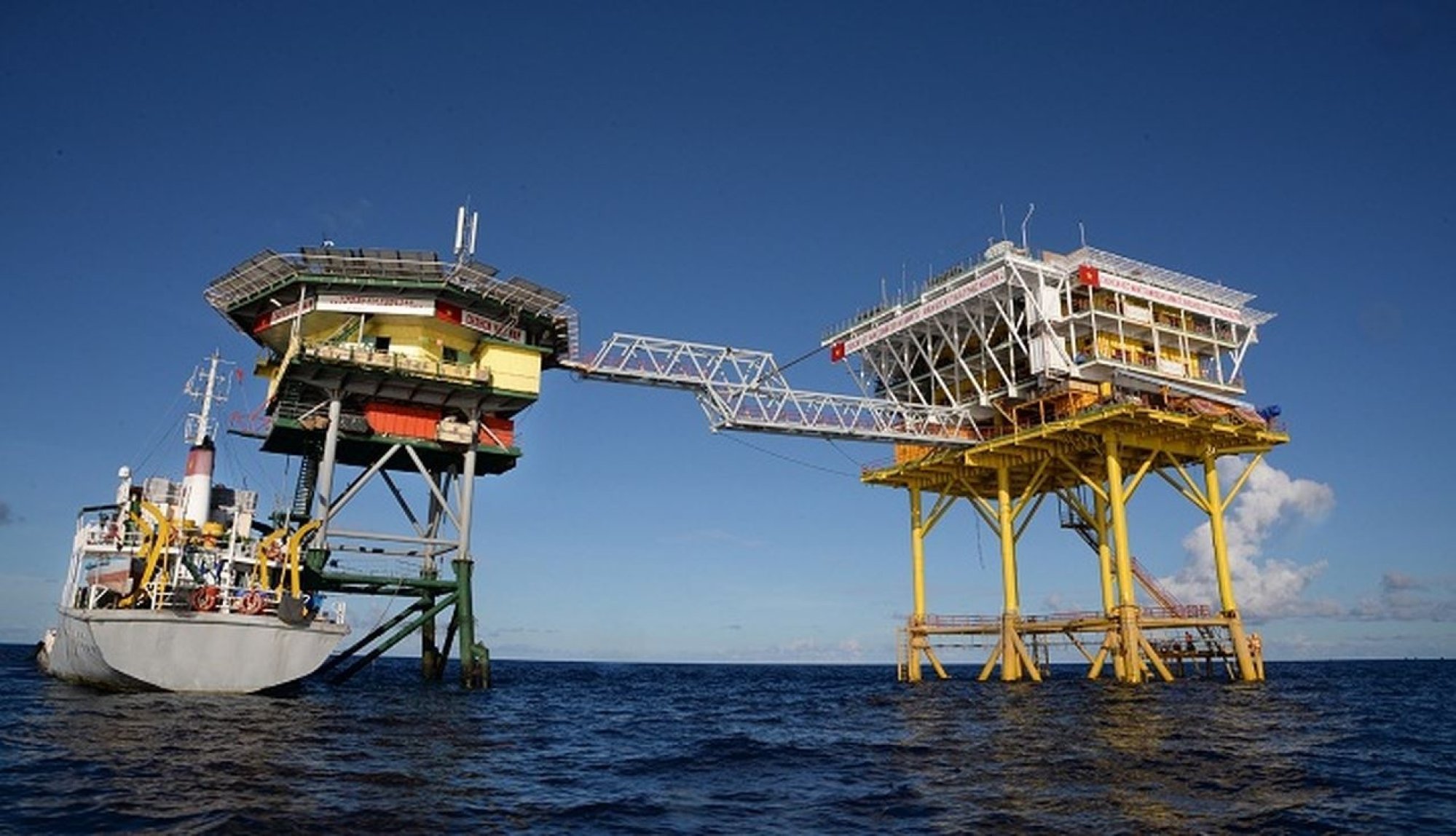Is Vietnam’s restrained approach to maritime issues the key to fewer, muted confrontations with China?
This allows Hanoi “to manage and isolate these from other bilateral relations”, according to Rahman, who added that Vietnamese officials privately informed Beijing when Chinese coastguard ships had harassed fishing vessels, for example.
“These incidents are not publicised as Vietnam prefers to deal with them privately,” Rahman said, noting that such an approach was likely to have influenced China’s approach to its maritime disputes with Vietnam, leading to fewer confrontations with Hanoi.
But despite ongoing patrols by Chinese vessels near Vietnam’s oil and gas fields in the South China Sea, these incidents have not resulted in high-profile confrontations between Beijing and Hanoi.

Earlier this month, the Chinese coastguard conducted an “intrusive patrol” to assert its claims over Vietnam’s oil and gas fields near Vanguard Bank in the southern position of the disputed waterway.
A Vietnamese fisheries surveillance vessel was tracked shadowing the Chinese ship, maritime security expert Ray Powell of Stanford University’s Gordian Knot Centre for National Security Innovation wrote afterwards on social media.
Powell earlier reported that another Chinese coastguard ship had been near Vietnam’s oil exploration blocks at Vanguard Bank since early December.
The Chinese ship had mostly been running “dark”, or not broadcasting its automatic information system, which “violates the International Convention for the Safety of Life at Sea, of which China is a signatory”, Powell wrote in an article published by SeaLight on January 8.
The online platform, which was started by volunteers from the Gordian Knot Centre for National Security Innovation, tracks and reports harassment related to legal activities, illegal incursions, intimidation measures and illegal, unreported and unregulated fishing, among others.
New stand-off between Vietnam and China reported in South China Sea
New stand-off between Vietnam and China reported in South China Sea
In March last year, a Chinese coastguard ship and a Vietnamese fisheries patrol boat came within 10 metres of each other while traversing the South China Sea, according to data from Marine Traffic, a ship-tracking website.
Khang Vu, a doctoral candidate in the political science department at Boston College, said Vietnam and China could remain “on a friendlier basis than the Philippines” as Hanoi is not an ally of Washington.
Despite their maritime disputes, Vietnam has constantly assured China that it “will not ally with another power to balance against China so long as [Beijing] does not significantly threaten Vietnam’s territorial integrity”, Vu noted.
“China thus sees Vietnam’s moves in the South China Sea as more of Vietnam’s own initiatives and not of the US encouragement as in the case of the Philippines,” Vu said.

The Philippines, meanwhile, is not only a US treaty ally but has granted Washington military access to nine sites across the country under an Enhanced Defence Cooperation Agreement.
The name was coined by Stanford University’s Powell and the campaign aims to reveal China’s “grey zone activities” – assertive actions at sea that are not necessarily a declaration of war but could be harmful to another country’s national security.
Benjamin Blandin, maritime security expert and network coordinator at the non-profit Yokosuka Council on Asia-Pacific Studies, noted that Vietnam reacted strongly towards stand-offs with China in 2014 and 2019.
“Chinese authorities may have felt that there was no gain in keeping pressure on a fellow communist country where it had a lot of economic interests,” he said.

The incident triggered an unprecedented wave of anti-China protests in Vietnam and there were widespread calls to re-evaluate Vietnam’s diplomatic, security, and domestic policies towards China.
On Powell’s use of the term “intrusive patrols”, Blandin said though such events have been recently made public, they actually happened “on a regular basis” in the exclusive economic zone of the different countries bordering the South China Sea.
“It is just that most countries would not report such incidents in order not to make the situation worse, nor do they want to anger or jeopardise their economic interests with China, which still remains their main investor, and source of tourists and foreign direct investment,” Blandin said.

Chinese tabloid The Global Times said on Monday that while Beijing is open to cooperation among Southeast Asian countries that contributes to regional development and stability, it strongly opposes “cooperation” that targets a third party and harms others’ interests.
“If Vietnam and the Philippines cooperate in certain areas to the detriment of China’s interests in the South China Sea, it will only irritate the situation in the South China Sea and make the risk of conflict higher,” it said.
Rahman added that China may want to avoid provoking Vietnam and the Philippines concurrently.
“This makes sense at the operational level, as China may not want to overstretch its naval resources by confronting two Southeast Asian parties at the same time,” he added.



